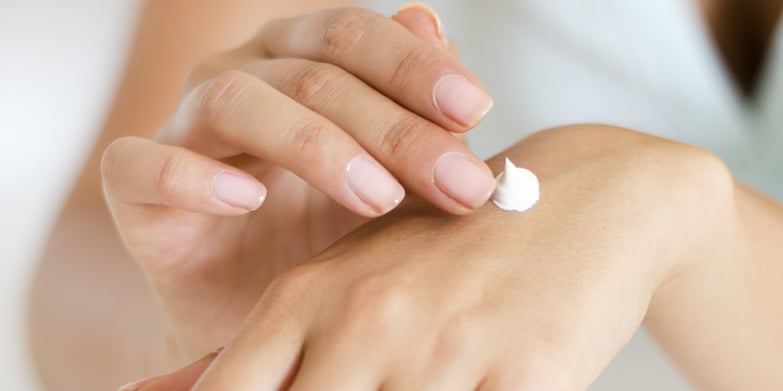
Topical medications are remedial, drug-containing substances that are generally applied to surfaces of the body. Topical medications come in a variety of forms which include creams, lotions, gels, patches, and ointments. Ointments, specifically, are highly viscous medications that are prepared from materials such as paraffin wax, beeswax, or vegetable oils. Most ointments contain very little water, making them ideal for moisturizing and protecting the affected area. Bacitracin zinc is an antibiotic that is commonly incorporated into ointments. This drug is used for preventing infections in minor skin injuries when applied topically.
Base materials for ointments may be characterized by their water number. Water number is the maximum amount of water that 100 g of a drug base can contain at a specific temperature. Excess moisture content can adversely affect the stability, release rate, and consistency of the drug preparation. The standards for water content of most drug preparation base materials are set by the United States Pharmacopeia (USP), an organization that sets quality standards for drug properties as well as approved methods of analysis. USP publishes monographs for a large variety of drug preparations; most methods of analysis for parameters of interest are specified in these monographs. The USP monograph for bacitracin zinc ointments states that moisture content is determined with Karl Fischer titration.
An antibiotic ointment manufacturer contacted Hanna Instruments to replace their current Karl Fischer Volumetric Titrator HI903. The customer already owned a potentiometric titration unit from Hanna and appreciated its ease of use. It was important that the titrator perform accurately in the lower range, as the USP monograph states that their ointment must be below 1% water content.
Hanna offered the Karl Fischer Coulometric Titrator HI904 as it is ideal for samples with water content ranging from 1 ppm to 5%. The generation of titrant in the cell eliminates the need for periodic standardization, a time-saving feature that was valuable to the customer. The USP monograph states that samples must be dissolved in a 7:3 toluene/methanol solvent prior to titration, so the customer appreciated that the HI904 had built-in calculations for external dissolutions. Since the HI904 can support up to 100 different titration methods, the customer saw the potential for expansion into analysis of different products. Overall, the customer was happy with the titrator and the support given by the sales and applications teams.
That's why we've dedicated our blog as a helpful resource for you to use! Catch up on the latest products, explore industry trends, discover testing tips, learn how to improve results, and more. Got questions? Email sales@hannainst.com.
